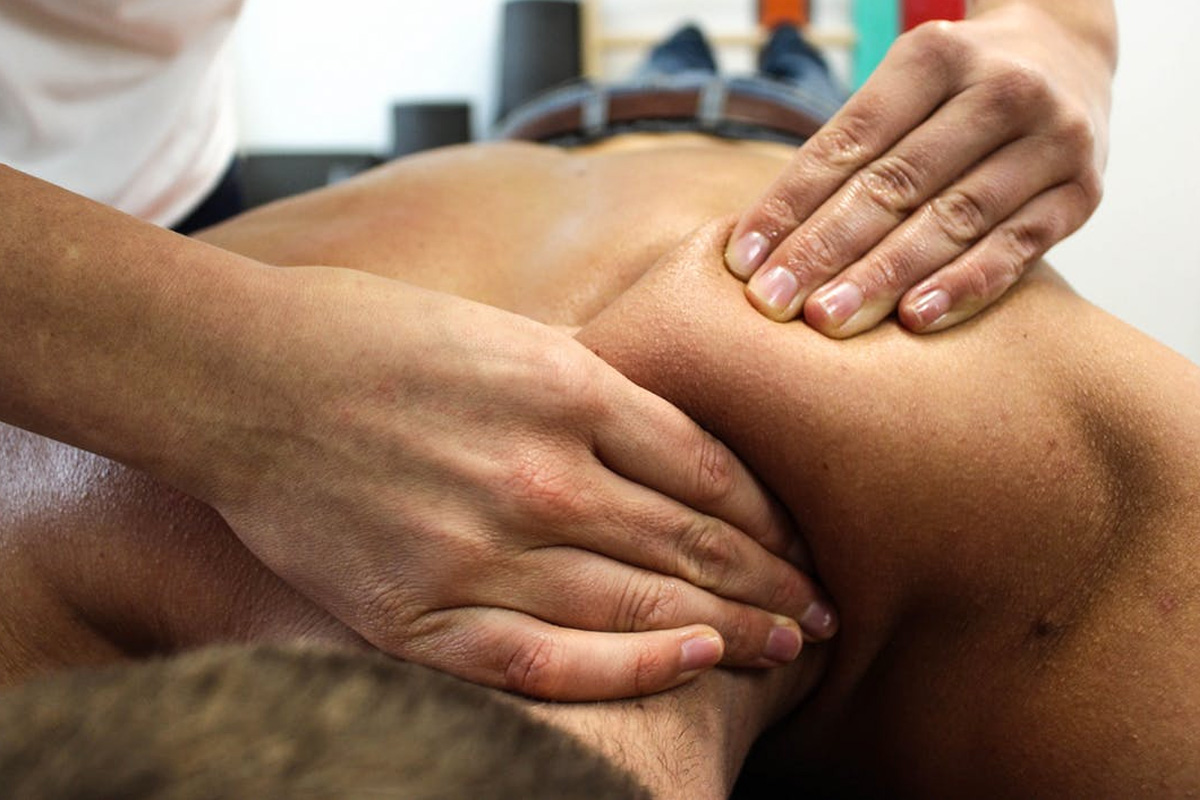5 Tips to Prevent Back Pain
Dr. Larry Masula is passionate about helping people overcome back pain, pinched nerves and herniated disc pain. But beyond helping people beat pain in the back, we counsel our patients to try and avoid future pain by taking some preventative steps, such as concentrating on proper posture.
Avoid an Aching Back
Besides standing up straight and tall, paying attention to how you perform daily tasks, what you eat and how you sleep can all keep your back feeling great:
1. Lifting-Improper lifting techniques frequently result in backache or back strains. When lifting something heavy, bend the knees and use your legs to bear the brunt of the weight while holding the object close to the body. Keep the abs tight and the back as straight and neutral as possible.
2. Sitting-An ergonomic office setup can prevent back, neck and shoulder pain. Invest in an ergonomic chair with proper lumbar support, and sit straight back into it. Position the computer monitor so that your neck remains in a neutral position.
3. Weight Loss & Nutrition-Excess weight can put enormous strain on the spine, pulling it out of its natural position and causing pain. Talk with us about a nutrition and weight loss program that can help eliminate this common cause of backache.
4. Exercise-Staying fit, strong and flexible, particularly in the core (back and abs) is one of the best things you can do for your back. Be sure to talk with us about proper form during exercise and always warm up and cool down to prevent injury.
5. Sleeping-Sleeping on a mattress that is too hard or too soft can also strain the back. Find a comfortable sleep position where your back can remain neutral, and a mattress with the right level of support. Sleeping with a body pillow between the knees can take stress off of the back while sleeping.
If you try these tips and your back still hurts, come in and we can find solution. Or tell us if one of these suggestions helped!
What steps do you take to prevent back pain?


